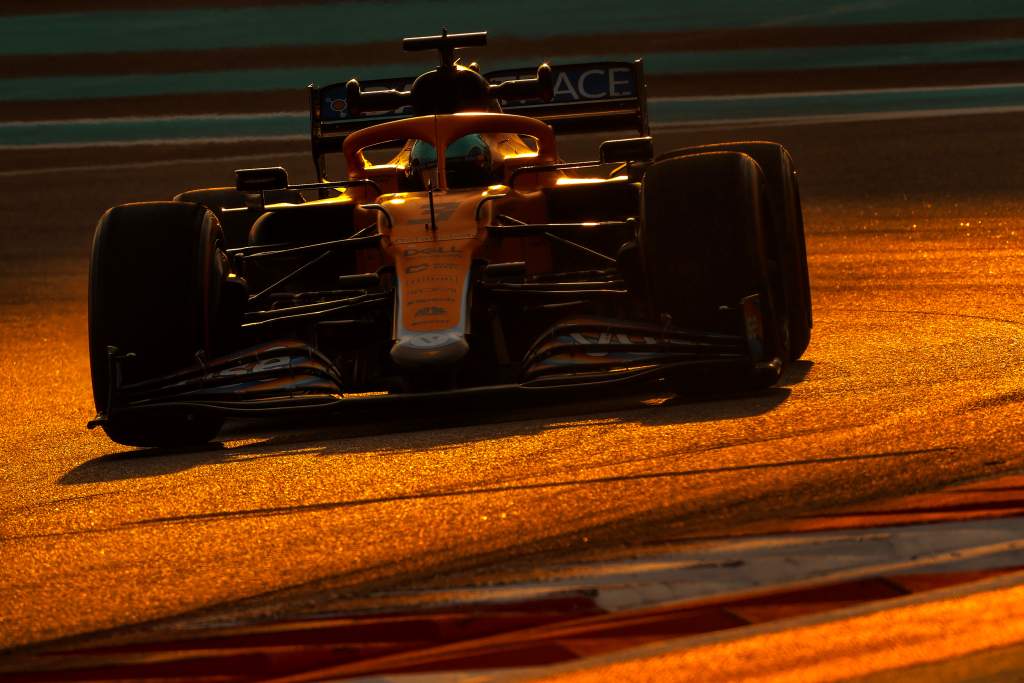Up Next

The McLaren Formula 1 team is now a decade on from the first obvious signs of a “staggering” problem that plunged it into decline and delayed its recovery.
There were hints of core organisational and cultural weaknesses in the McLaren structure when various operational errors and reliability problems took Lewis Hamilton out of the 2012 championship fight – McLaren’s most recent title challenge.
The team’s form dipped after that, then nosedived. McLaren had to face up to some harsh truths during an eight-and-a-half-year win drought.
Its recent revival has banished most of those memories, but this will likely be the 10th season in a row McLaren has not had a car good enough to fight for the title. An upwards trajectory at least suggests that wait may finally be nearing its end.
That’s thanks in no small part due to McLaren committing to deep “cultural changes”, according to technical director James Key, primarily aimed at “being very open with stuff and removing the blame cultures”.
“Not that they were necessarily an issue when we arrived,” adds Key, who joined McLaren in early 2019. “But definitely not have them at all so people were free to talk and attack issues in a very sort of mature and open way.”
“It was a complicated organisation that Martin Whitmarsh had put in that created a blame culture, lack of responsibility. And then that just started to manifest itself” :: Zak Brown
There’s no reason to doubt Key is telling the truth about what he found on his arrival at McLaren. But, knowingly or not, he has understated just how significant it is that a 2019 signing’s appraisal of McLaren’s lingering blame culture is rather different to someone who joined at the end of 2016.
“There was a BIG blame culture,” says McLaren Racing CEO Zak Brown. “And James would have just caught the tail end of it. So, if he didn’t think it was that bad, that’s because he was part of the solution. Not part of the problem!
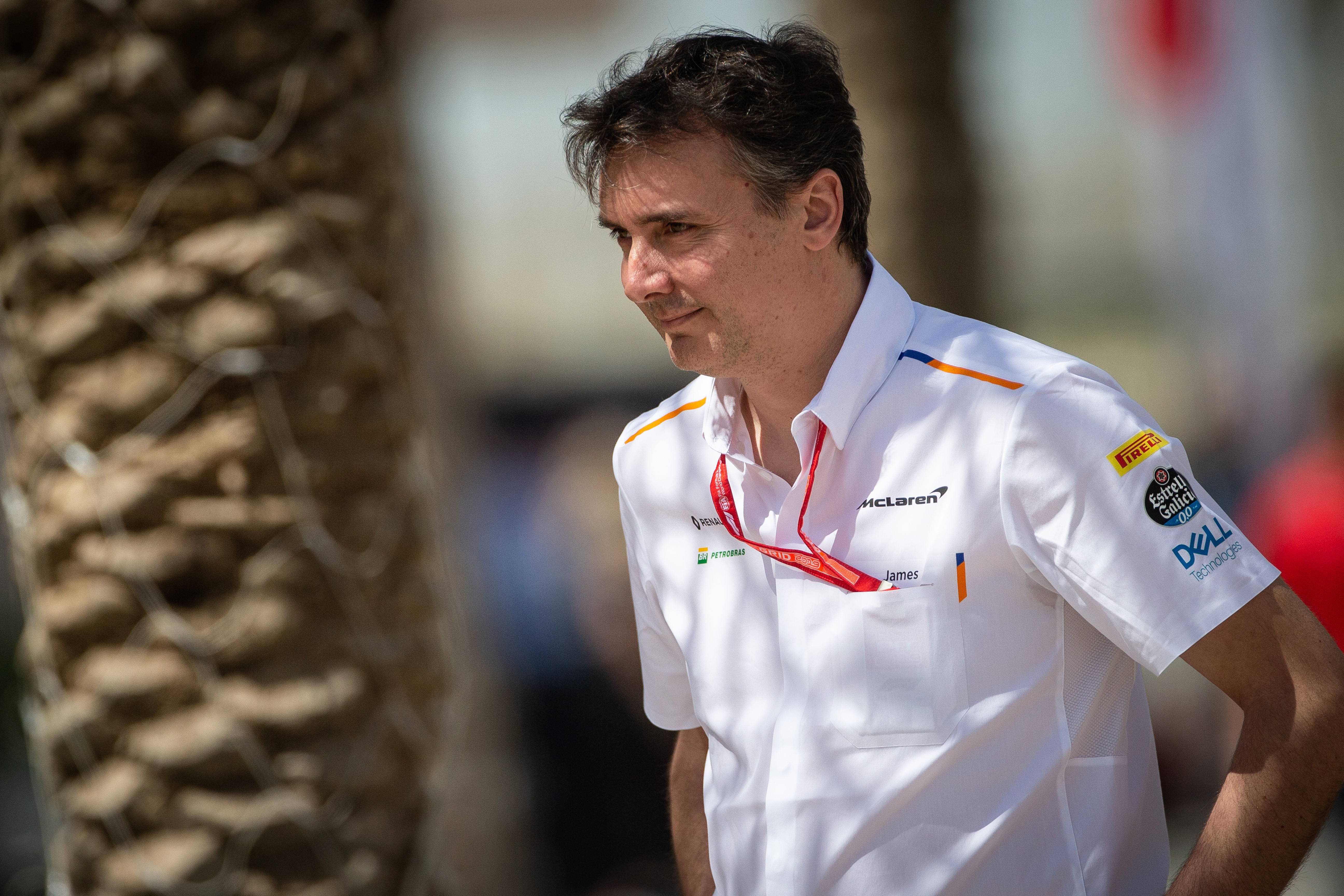
“When I started, it was staggering. It was clear to me why the team wasn’t being successful. It wasn’t just about the power unit and chassis, it was the whole package. And structure! Forget about even the individuals – we had some individual problems, for sure – but structurally, it wasn’t set up for success.
“It was a complicated organisation that Martin Whitmarsh had put in that created a blame culture, a lack of responsibility. And then that just started to manifest itself.
“What you had in that were some people that needed to go because that played to their personality. And then you had people that just needed to be fixed because they got caught in that culture and it wasn’t their personality.”
The infamous Honda years, which brought awful underachievement from 2015 to 2017, led McLaren into a sense of denial. Having switched to Renault engines in 2018 and been immediately demolished by Red Bull, McLaren finally had its wake-up call and found it had been hitting the snooze button for years.
There will be plenty of internal flashpoints that stretch back further than 2012 but McLaren’s last championship challenge is a pertinent reference point for flawed management, technical leadership, and problematic working practices.
McLaren took itself out of the title race and Hamilton’s retirement from the lead of Singapore, which played a part in giving him the last nudge he needed to commit to leaving McLaren for Mercedes, had a sloppy cause. It was a gearbox failure that was the result of a bit of material from the casing mould process being left in there.
And, despite ending the 2012 season with arguably the fastest car on the grid, that year McLaren also opted to completely change its philosophy for 2013, the last year of that set of car rules.
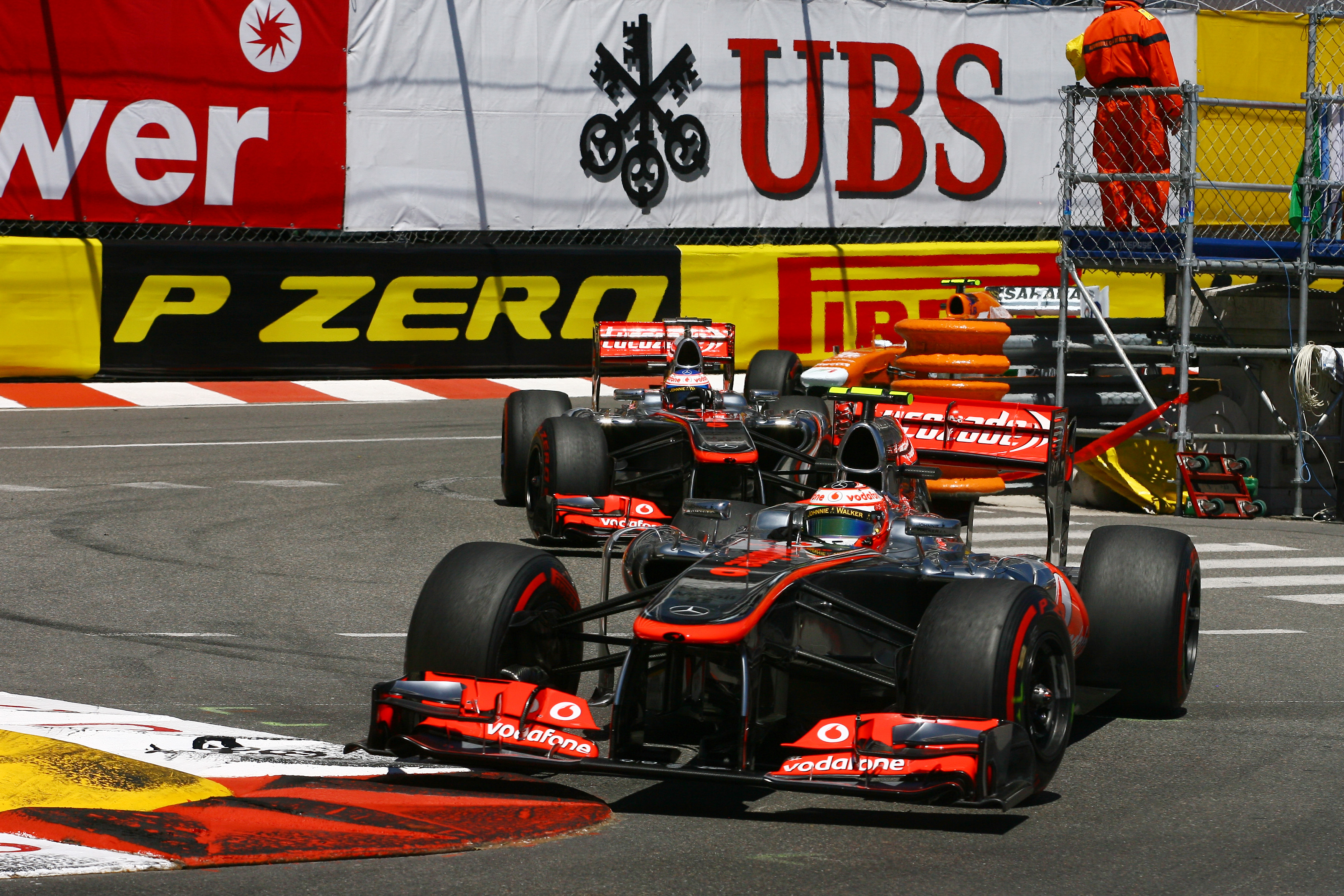
The 2013 season started with Martin Whitmarsh declaring McLaren’s “technical and engineering team is the best in the F1 business”. If so, it was being seriously mismanaged. In the final year before a total overhaul in technical regulations for the start of the V6 turbo-hybrid era, the new car concept had to work instantly to get results. And it didn’t.
McLaren was jumped by its engine supplier Mercedes. The following year, with Mercedes clearly the cream of the engine crop following the new engine rules, McLaren fell behind Williams as well. It also barely beat Force India.
In hindsight, it’s easy to wonder how McLaren became convinced that this technical team was producing title-worthy machinery mated to a miserably uncompetitive Honda engine between 2015 and 2017.
But the ‘our team is incredible, our car is actually great’ rhetoric that stretched back to the start of its decline serves as proof that’s what McLaren genuinely believed for a long time.
The problem is almost certainly the same structural issues that caused the initial rot. Laying the blame on a single person would be unfair, although the root is usually traced to Whitmarsh’s ‘matrix’ management system derived from the aerospace industry.
“One of the important aspects of the process that McLaren as a team has gone through is that we now have at McLaren a very simple and rational organisation,” racing director Andrea Stella says.
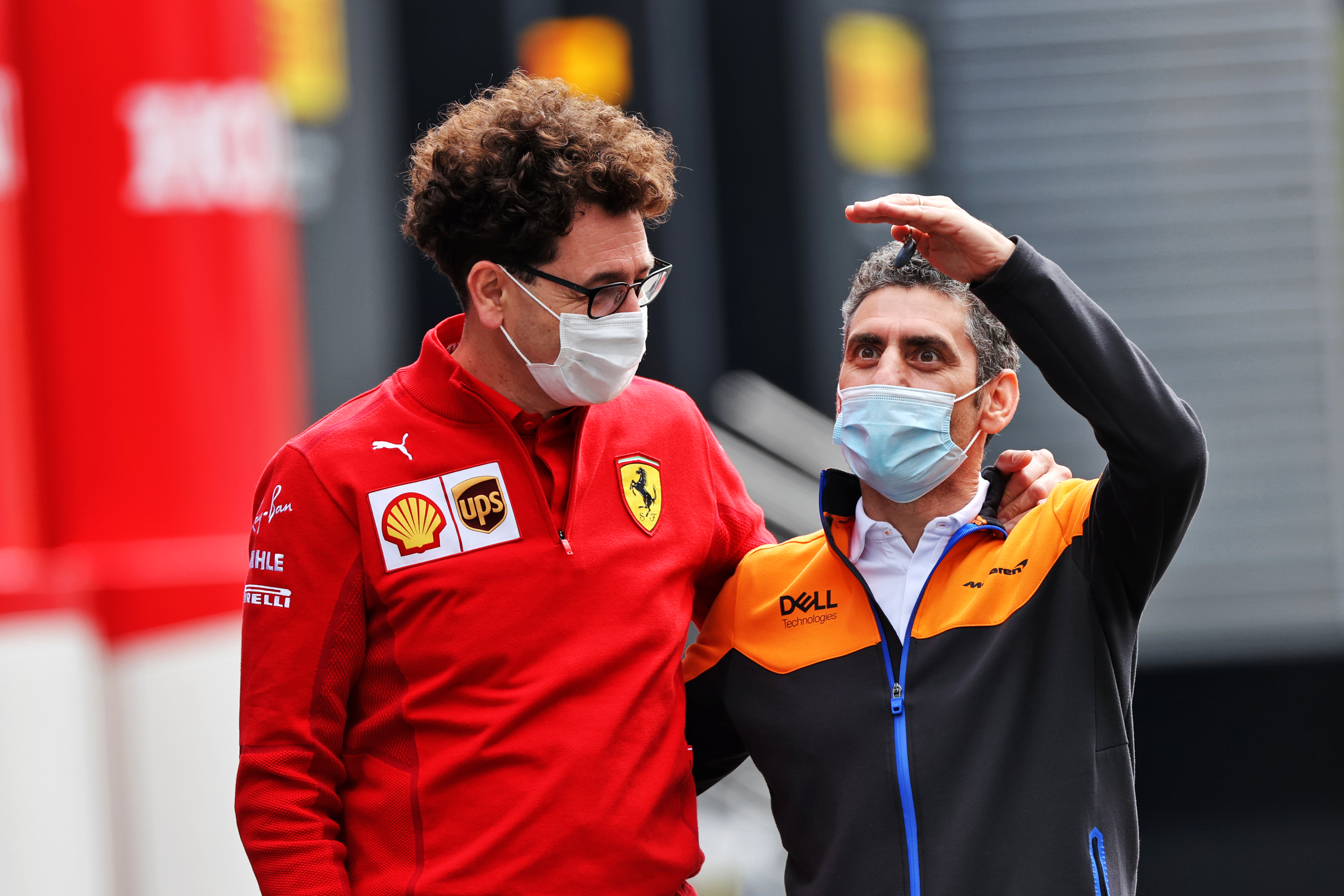
“And for me joining the team in 2015, definitely I can see the large progress made in this respect.
“Because when I joined the team, it was properly a complex organisation which was developing in several directions, it was more of a matrix, quite difficult to interpret.”
In a matrix structure, there are multiple lines of reporting. Done right, overlapping responsibilities are meant to avoid narrow-minded thinking and make a company more flexible. Whether it’s an industry thing, a personnel thing or a mentality thing, it didn’t work at McLaren.
At its worst, the matrix is unmanageable, slow-to-act because there is no single person calling the shots (which means a lot of decisions by committee), and prone to political battles as senior people bid to ensure that failings are laid at the doors of other departments. McLaren appears to have suffered from all of this with a lack of accountability the most referenced problem.
This was a collective failure. McLaren’s last technical director in this era was Paddy Lowe, who was replaced at the start of 2013, prior to joining Mercedes, by Tim Goss.
Goss continued to be the most senior engineer on the chassis side but unlike Lowe, he didn’t bear the title of technical director. He worked alongside Peter Prodromou, (chief technical officer – aerodynamics) and Matt Morris (chief engineering officer).
Goss and Morris left in 2018, within a few months of each other, as did racing director Eric Boullier who was the de facto team boss but lacked ultimate authority and failed to address the technical shortcomings (possibly as a direct result of that).
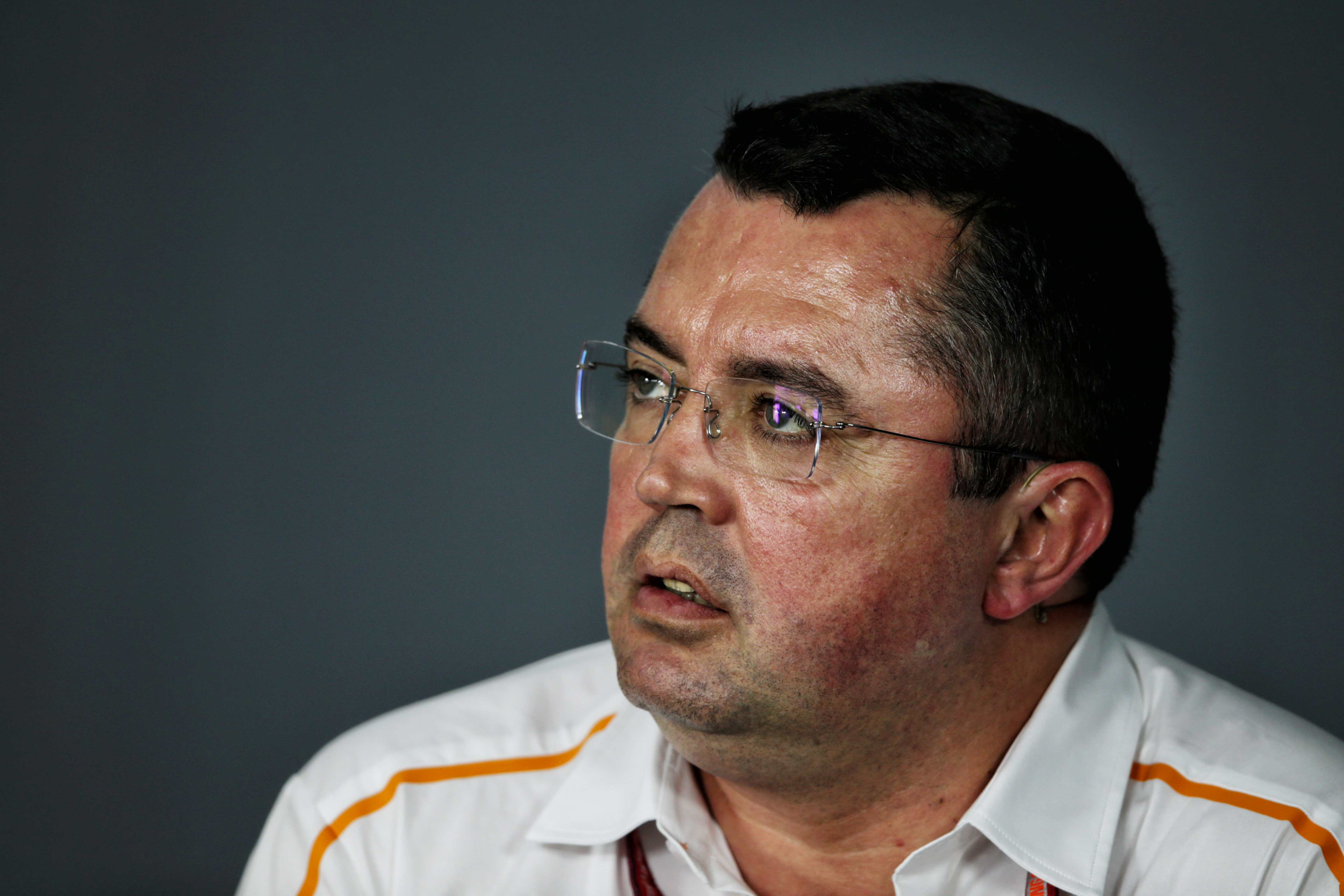
The extent to which this was previously such a confusing arrangement is made clear by the testimony from the key figures who arrived into it from the outside.
This includes Stella, who joined McLaren with Fernando Alonso in 2015, and gained additional responsibility as Brown enacted his restructuring. He is obviously still there now as part of the management team put in place by team principal Andreas Seidl.
One weakness of the matrix era was that perceived wisdoms couldn’t be challenged, whereas Key says that one of the big priorities of the technical team in the last couple of years has been to identify processes that needed to be changed
“At the moment, we have clear responsibilities with James Key leading the technical area, Piers Thynne leading the production and operational area, and myself leading the racing team,” says Stella.
“All this under the coordination of Andreas I have to say, and I’ve been in this business for several years, works pretty smoothly.
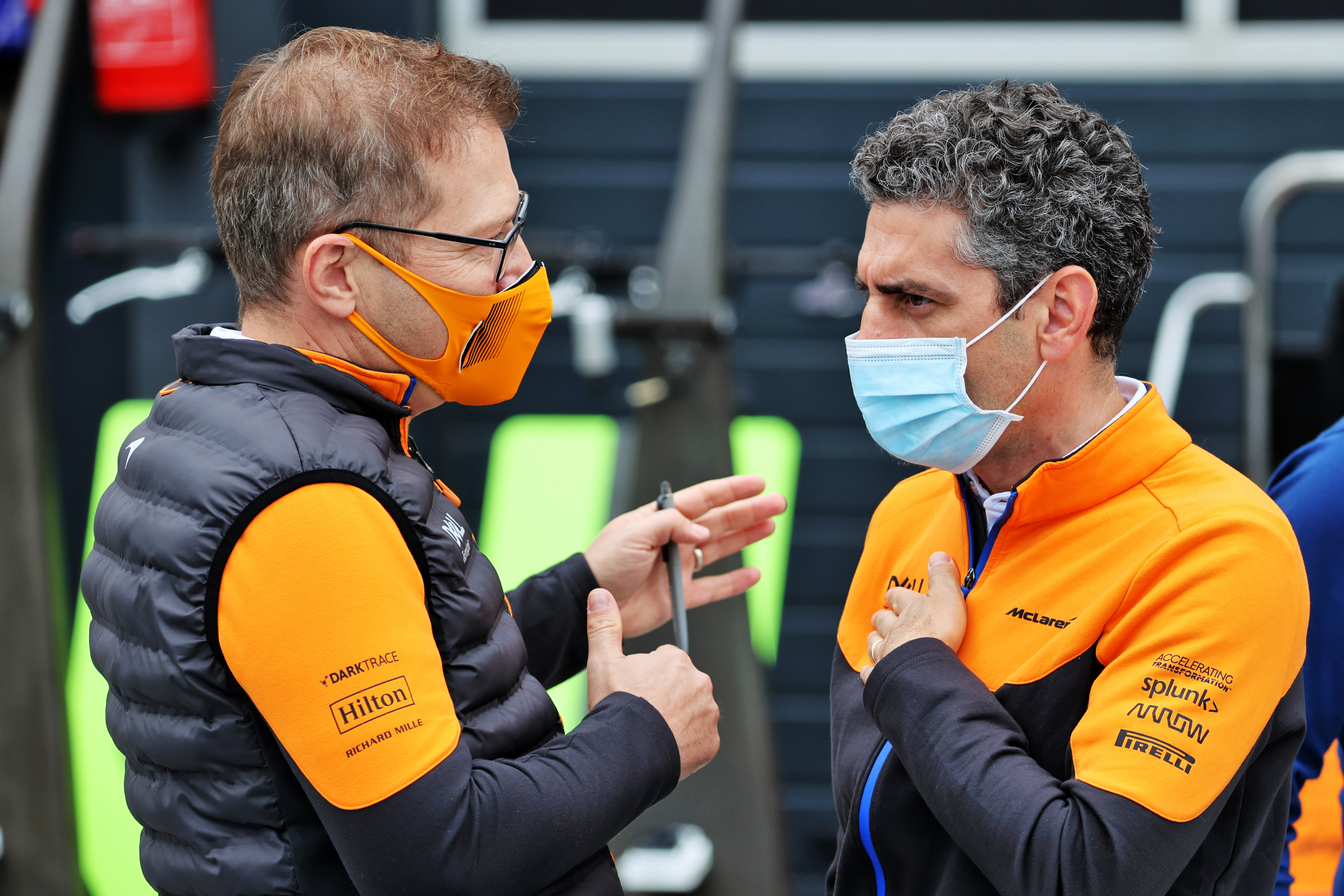
“The sense of collaboration and of unity is definitely a point of strength. And this is the precondition to extract the most out of the talents. We have good talents at McLaren. But I’ve seen good talents in Formula 1, even at other teams. Because people in Formula 1 most of them get through an important selection process.
“There’s a lot of talent around but exploiting the talent through effective organisations and effective structures is not so obvious.”
Brown had hinted in early 2018 that the lack of accountability in McLaren’s structure meant it needed a conventional technical director. Not long after, McLaren announced it had recruited Key for that very role, and he joined from Toro Rosso the following spring. That was around the same time as Seidl started as team principal.
With the causes of the previous issues now removed, McLaren now has a very clean structure. Brown heads it at the executive level with Seidl overseeing his three-man management team of Key, Stella and Thynne. The knock-on benefits are already clear internally.
One weakness of the matrix era was that perceived wisdoms couldn’t be challenged, whereas Key says that one of the big priorities of the technical team in the last couple of years has been to identify processes that needed to be changed and “trying to generate a slightly different feeling around what was achievable”.
“The great thing with that is the team was completely open to change,” Key says.
“So, things like integrating our groups more so we are looking at the car as a whole rather than individual functions was something I spotted was different from what I was used to and I felt was probably not helping anyone really in understanding their wider role in designing the car.
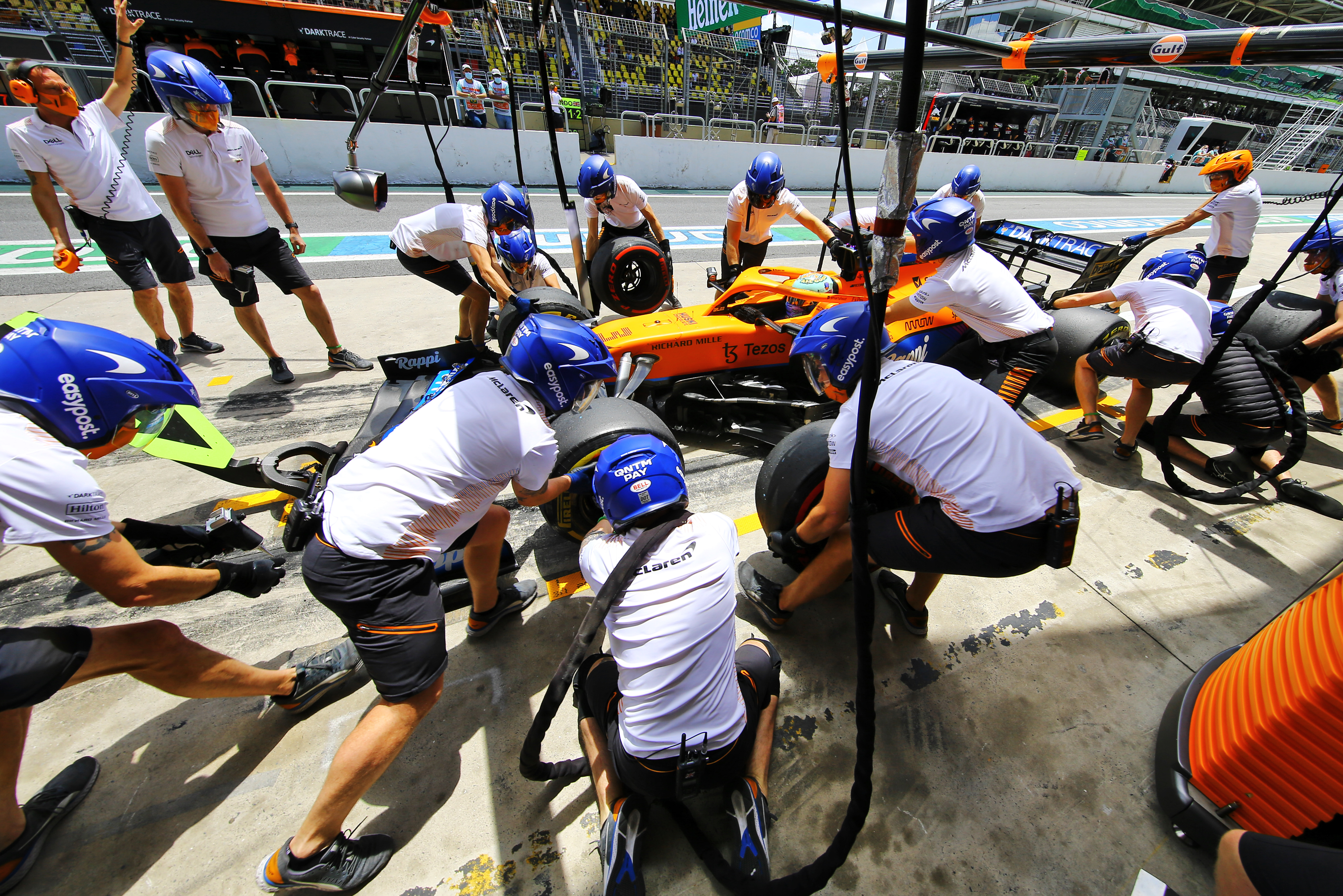
“[We started] opening up the process a bit more, such as we had one project rather than multiple projects all trying to converge into one.
“[We introduced] target setting, which was definitely missing. We need to have a blueprint for what we’re trying to achieve and whilst there were sort of, I suppose, individual targets in certain areas, bringing that together again on the whole car was necessary.
“From a cultural perspective, there was definitely some work to do there just to reset the way we want to work. Infrastructure is already well documented: the windtunnel project was already a proposal on the table before we arrived. It was a case for us of refining that and pushing it through with the guys involved.
“There were other areas as well which we felt needed some work. The simulator for example was also already on the table. We pushed through the projects that were clearly needed and they are ongoing at the moment.
“But with the process itself, I suppose it’s kind of stepping back and looking at what the weaknesses of the car were and where we needed to improve.
“So, we did a lot of competitor analysis. We tried to understand exactly what we were good at, what we weren’t so good at. Why is that the case? Is it methodology? Is it the equipment we’ve got? Is it knowledge?
“These are all fundamental questions, then we built it up from there and gave ourselves a very clear objective of, step by step, trying to address these weaknesses and hang on to our strengths with a much more complete package ultimately.
“There wasn’t one thing that you go and think ‘right, yes the gearbox needs to look different’ or something. It was more a big picture car approach that everyone needed to grasp and then work together to solve.
“That’s still a work in progress, but it’s definitely working quite well now.”
“If you look at what we could achieve in terms of results in the last two and a half years, we could make good steps already on this journey back to the front of Formula 1” :: Andreas Seidl
McLaren’s present-day management personnel all stress that this is not just something that’s appeared in the last couple of years since they arrived in their current roles. Key believes McLaren had already shifted to a better way of working, which is consistent with the technical restructuring that took place through 2018, and something that Key was one of the final pieces for.
The 2019 McLaren hit the track and raced before Seidl and Key joined and the 2019 car sparked the upwards trajectory the team has been on for the last three years. Rightly, they don’t take any credit for that.
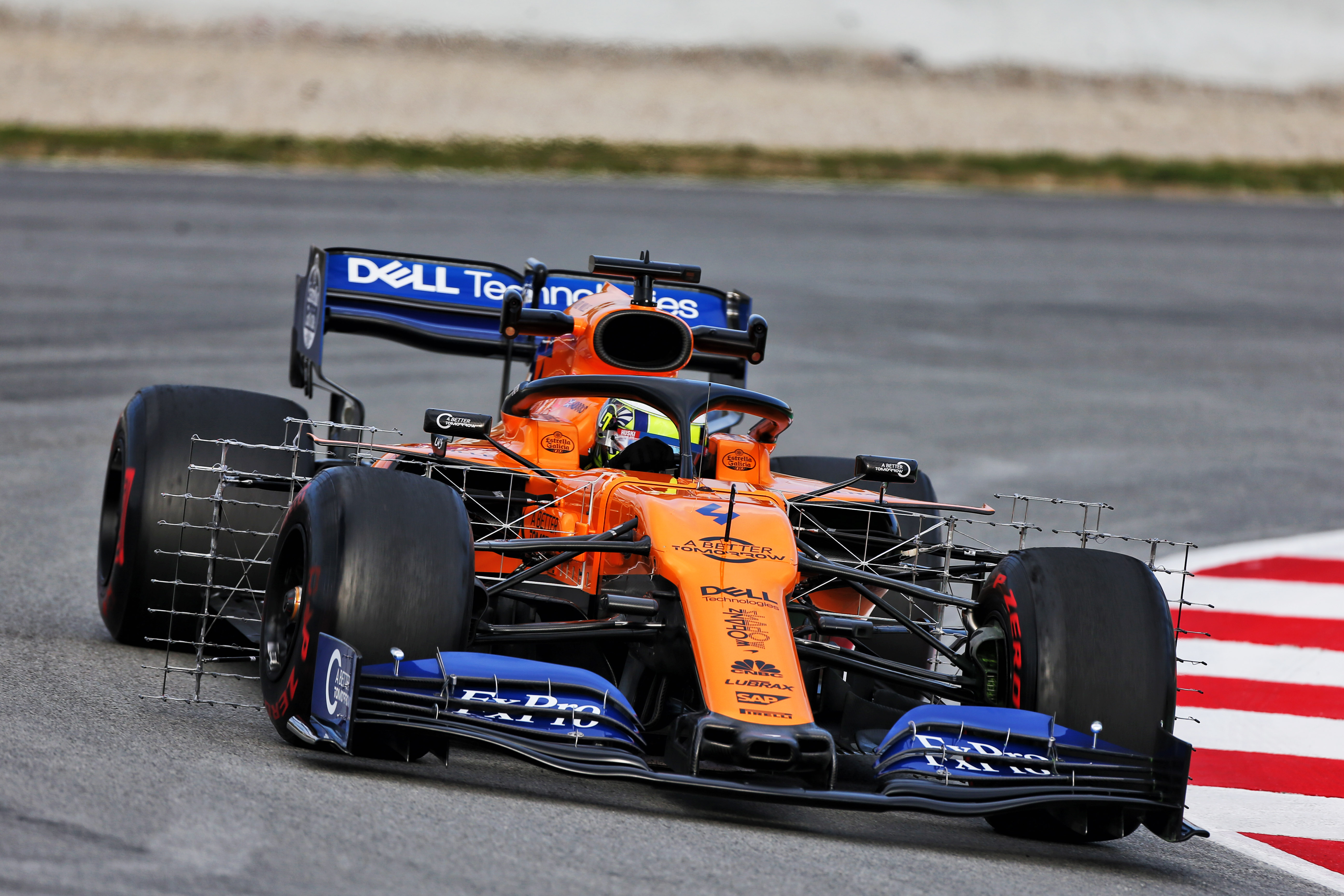
Instead, that is symbolic of the fresh wind blowing through the organisation by rooting out the problem areas, before the new heads of departments arrived to lead by example and allow a better culture to thrive – while also tackling the team’s remaining limitations.
“The most important thing was a number of years ago we made a kind of reset to the team,” says Seidl.
“With James, Andrea and Piers we worked out a key plan of where we saw the deficits to the teams that are running in front of us at the moment in Formula 1 and put in place a key plan on the organisational side, on the cultural side and on the infrastructure side, how we want to eliminate these deficits we are having and how we want to get back to the front in Formula 1.
“If you look at what we could achieve in terms of results in the last two and a half years, we could make good steps already on this journey back to the front of Formula 1.
“At the same time, when you see the average laptime deficit we are still having throughout the year compared to Red Bull and Mercedes, we have a realistic picture of where we are and we know that we still have a good way to go.
“We are obviously ambitious. We want to shortcut this journey. We know that some things we can’t shortcut like getting the windtunnel in place, which will be key on our journey as well, but I’m very happy with what I’m seeing in terms of the development of the team.
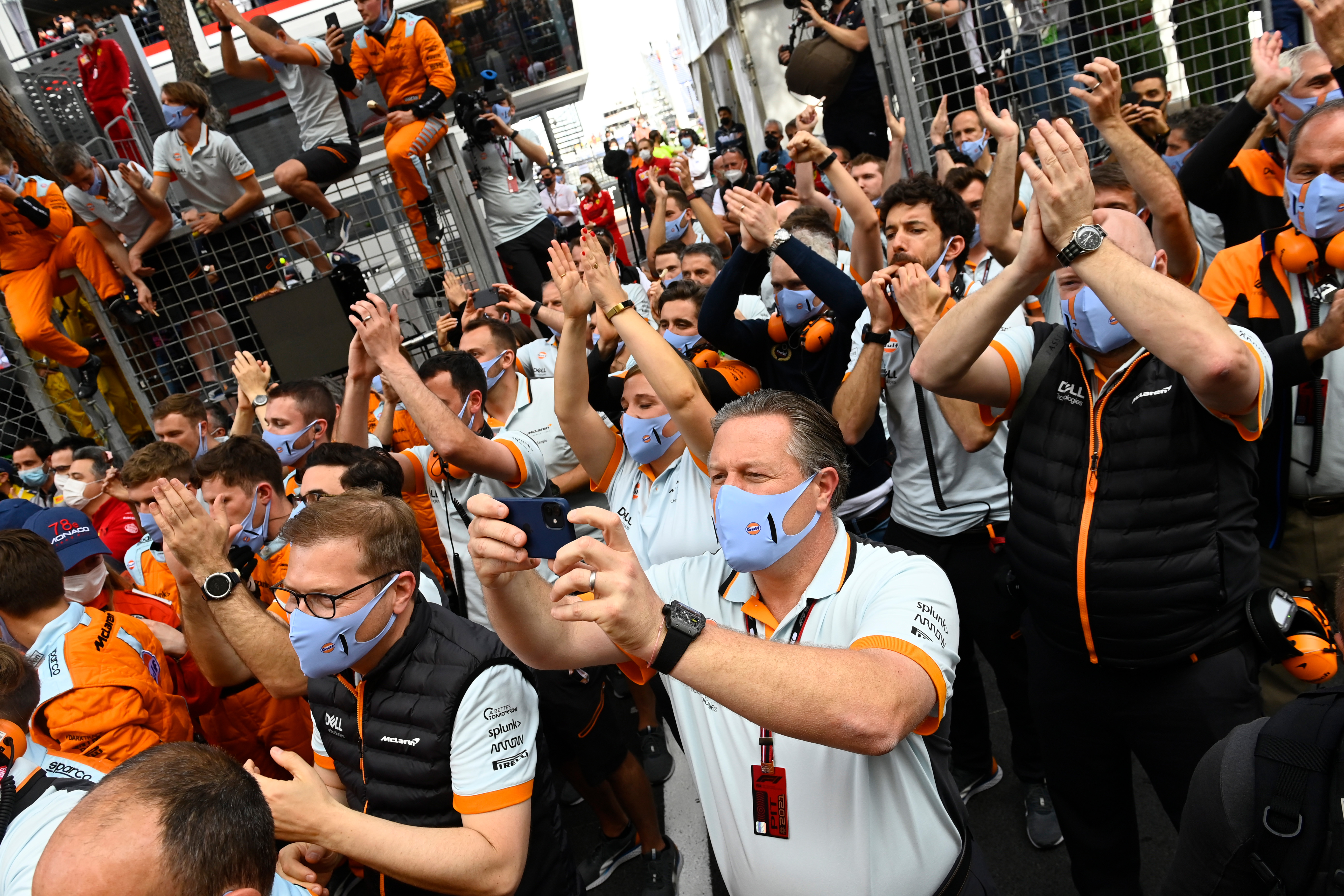
“I’m very happy with how James, Andreas and Piers are leading their departments on the pure technical side, but also in terms of human leadership. That’s key in order to make the final steps in the next years.”
This is something that is chronically underestimated. There has been persistent eye-rolling and dismissive remarks whenever Mercedes’ no-blame culture has been referred to over the past few years, for example.
But culture is critical. Unsurprisingly as the team that has now won eight consecutive constructors’ titles, Mercedes is considered the benchmark in this area as well. McLaren is closing the gap, having put “a lot of attention” on what Stella calls its “cultural framework”.
“Ultimately, we want happy people, proud people working at McLaren, feeling like they can innovate, they can contribute, they have a sense of belonging, they have a sense of collaboration,” he says.
“This is not easy to achieve. We’re just doing our best in this respect, and hopefully, we will see that it will pay off.”


